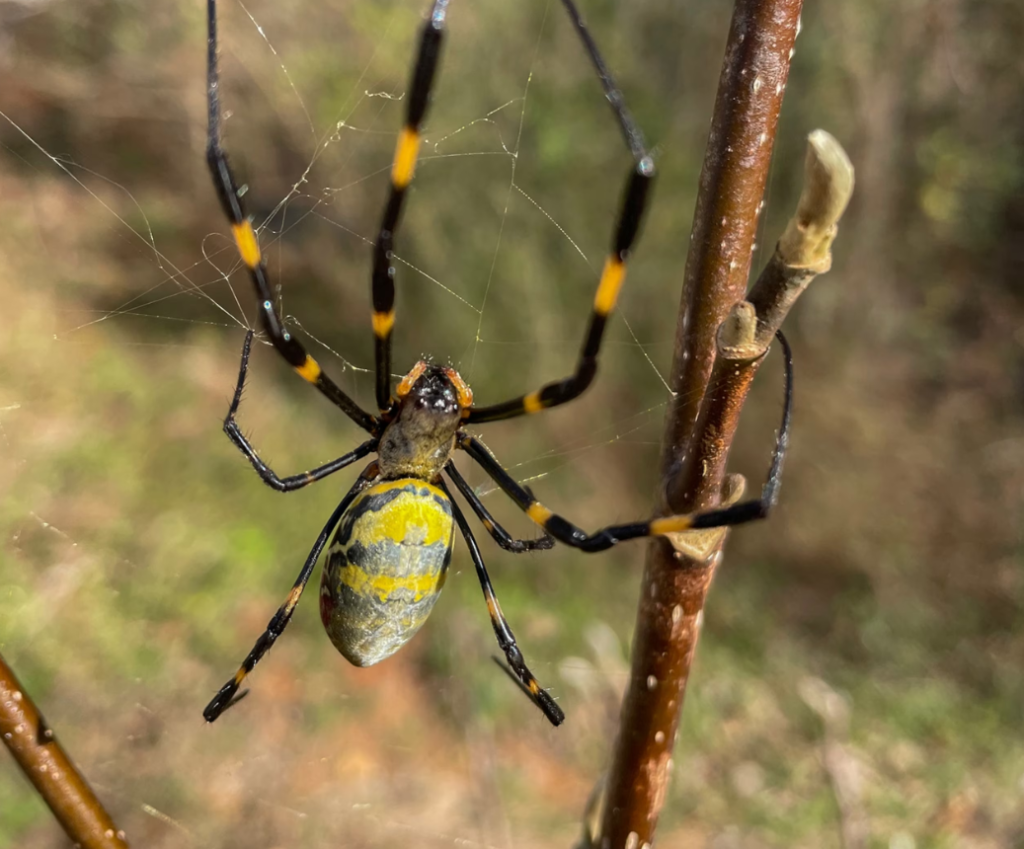
JoroВ spidersВ are in the news again, and judging by the headlines, everyone is doomed.
вҖңGiant venomous flying spidersвҖҰ heading to New York area,вҖқ saysВ CBS News. вҖңEast Coast braces for invasion of palm-sized venomous spiders capable of flying,вҖқ echoesВ Fox Weather. AndВ The GuardianВ calls the arachnidsВ вҖңgag-inducing.”
Of course, the scientists who study these animals, which are native to Asia, say such descriptions are misleading at best.
Floyd Shockley, an entomologist and collections manager at the Smithsonian National Museum of Natural History in Washington, D.C., says heвҖҷs вҖңmortifiedвҖқ by some of the sensationalist headlines. вҖңThereвҖҷs no evidence that theyвҖҷve made it to New York.вҖқ
While itвҖҷs true thatВ joro spiders arrived in Georgia in 2014 by unknown meansВ and can survive in the United States, their colonization of the continent isn’t exactly imminent. So far, the spiders have been seen in Georgia, the Carolinas, Tennessee, and Oklahoma, with a few tiny satellite populations in places such as Maryland.
WhatвҖҷs more, threat posed by the black-and-yellow arachnids has been routinely exaggerated.В
For instance,В a recentВ GothamistВ articleВ describes the spiders as having вҖңa body about four inches long and legs that span six to eight inchesвҖ”about the size of a human hand.вҖқВ
вҖңThat is completely ridiculous,вҖқ says Shockley. вҖңYouвҖҷd have to stretch this thing out like a medieval torture device to get [its legs] even four inches, let alone six inches.вҖқ
WhatвҖҷs more, at this time of the year, every joro spider in the U.S. is no larger than a grain of rice. Adults die each winter, with eggs hatching in the spring and starting the cycle anew.
With so much misinformation afoot, letвҖҷs take a look at some of the other claims circulating online.
Can joro spiders fly?
вҖңThe way those headlines are written, it makes it sound like theyвҖҷre the monkeys in the Wizard of Oz,вҖқ saysВ David CoyleВ an assistant professor and invasive species expert at Clemson University.
In truth, none of the large adult joro often pictured in news stories are capable of flight. However, as spiderlings, joro and many other spiders can take to the skies in a common dispersal process called ballooning.
вҖңRight after they hatch, the little hatchlings may be the size of a sesame seed,вҖқ says Coyle. вҖңSome of them will get up high and theyвҖҷll raise their abdomen. TheyвҖҷll put a few strands of silk out, and some of them will get carried away by the wind.вҖқВ
вҖңI hate to tell people, but every spring, thereвҖҷs probably thousands of little spiders ballooning over your head, and people have no idea itвҖҷs happening.вҖқ
As for their “flying” to new states, Shockley says “they have expanded their range, but it’s not surprising for an introduced species in 10 years to have moved, you know, a state.”
